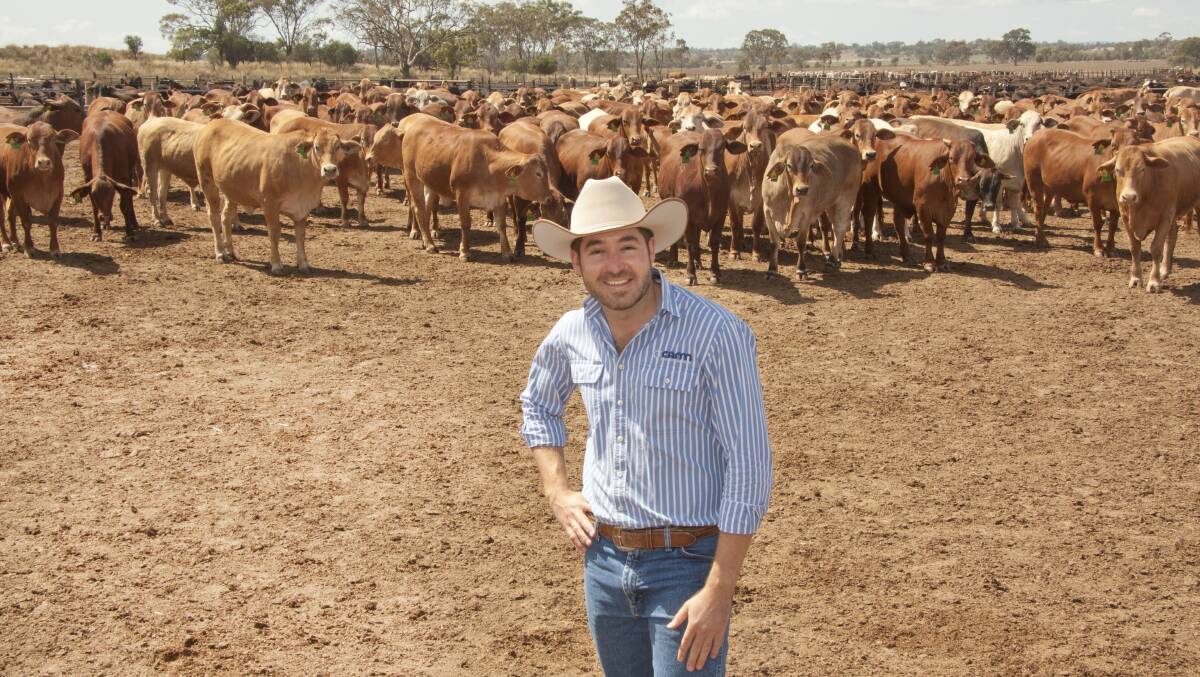
Tonight I completed my postal voting forms for the upcoming federal election, a cherished right our forebears fought for, democratically choosing the future of our nation.
Many of our compatriots are disillusioned by the whole affair of politics and looking through the two metre long senate ballot paper, I can appreciate why.
Twenty-four "parties" or 83 individuals are vying for six spots to represent the great state of Queensland in the federal house of review.
While one may question the sane and stable mind of anyone who wants to throw themselves to the wolves of public and media scrutiny, parties with names such as the Love Australia or Leave, Free Hemp or Anti Vaccinators and Fluoride Party are, in my mind, performing little more than another great Australian tradition, "taking the proverbial".
With such a melee of candidates jostling for limited spots, the debate of preferences comes to the fore.
Ah, the great tryst of preference deals, where every major party lobbyist can be found lurking in dark alleyways, wearing yellow, juggling an empty bottle of bombshell-red hair dye or sporting a big hat with an Adler shotgun slung over the shoulder.
All are trying desperately to secure a deal with the minor parties that saves mediocre candidates from the whim of the swinging voter.
It strikes me that the average punter understands little more about preferences and their effect on an election outcome than they do about franking credits - let me try to explain.
Australia's preferential voting system was adopted by the conservative Hughes government in 1918 in response to the rise of the Country Party, which was splitting the non-Labor vote - sound familiar 100 years later?
Interestingly, the system favoured conservative parties all the way to the 1990 election when Labor for the first time obtained a net benefit from the preferential system.
The system forces a voter to rank all candidates. If no candidate reaches above 50 per cent of the primary vote the second preference of the lowest vote holder are counted out across the remaining candidates.
The process is repeated until a winner with 50pc of the vote is determined - in some cases, depending on preference flows, a candidate that came third in the primary vote can actually become the winner - hence in tight contests, preference votes are very important.
Preference deals are important because they form the basis of a candidate's 'How to Vote' card.
The reality is, for an apathetic middle Australian voter, it is hard enough to pick one candidate let alone rank all of the potentially unknown people or parties on a ballot paper.
How does the "Involuntary Medication Objectors Party" really feel about negative gearing policy and its effect on Sydney house prices? I hear you ask.
While faceless men may construct preference deals, the reality is, we all control our own preferences.
Now Joe Citizen, democracy sausage in one hand and 'How to Vote' card in the other, may very well simply transcribe instructions from their party of choice onto the ballot paper.
There is nothing stopping you from having your own opinion and decide the ranking of candidates.
Finally, this election we have seen the fray of ex-LNP party start-ups (think Clive, Pauline, Cory and Bob) direct their preference deals back towards conservative allies. That's not been the case in recent elections, leading to detrimental results.
There is no doubt the big spending, bright yellow Palmer campaign will have an effect on the electoral result. Could it be enough to upset the bookie's favoured result? Only the count of preferential votes will tell.
This election, like any, will be important to our nation's future.
So if you like eating something more substantial than air, without critical evaluation and believe in the right of law-abiding business to get on and develop the resources of our great state, providing jobs and services for our youth, then I implore you to consider every number against every contender - happy preferencing!
- Bryce Camm, Camm Agricultural Group, Wonga Plains feedlot

